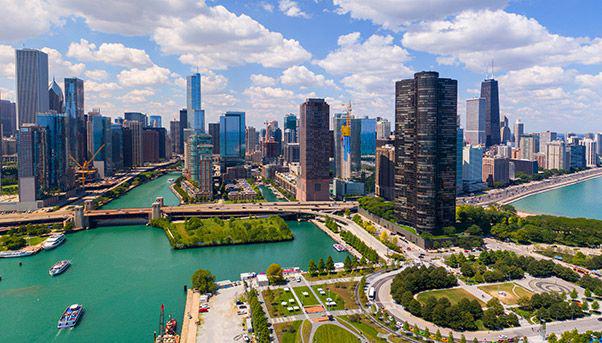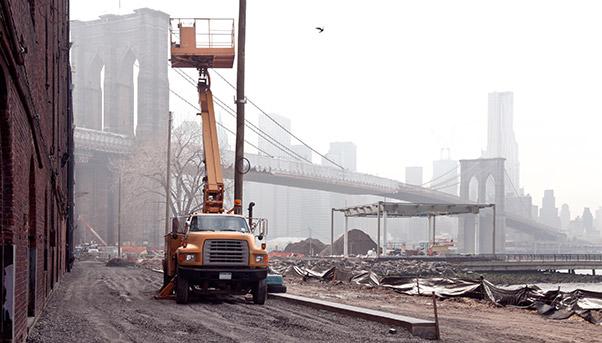
The infrastructure sector might employ a large part of the U.S. workforce, but it lacks two qualities that will prove crucial for the success of President Donald Trump’s $1.5-trillion proposal to renew the country’s ageing roads and railways: interest and expertise.
Some 14.2 million people, or 11% of the workforce, are employed in the sector, according to the Brookings Institution, a prestigious think tank. About 64% of them are located in the country’s 100 main cities, with the highest concentrations to be found in New York, Los Angeles and Chicago, which together have 1.8 million.
The President’s Proposal
These numbers would be set to increase should Congress eventually agree on legislation to support Trump’s proposal, presented as an outline to the legislative body in February 2018.
The Center on Education and the Workforce at Georgetown University has calculated that the proposal would act as a catalyst with the potential to create as many as 11 million jobs, both direct and indirect. About half would have to be filled by technicians, engineers and other skilled workers, highlighting the need for training.
It is one thing to open a construction site, but quite another to find the right people to work on it.
So the problem facing the United States is not just the delay in getting Congress to fill out the legislative outline proposed by Trump, but also finding skilled – and interested – enthusiastic people ready to replace ageing workers when they retire.
An industry in need of workers
By 2022, the sector is expected to lack 4.6 million workers in order to guarantee the completion of projects set for the country, according to government estimates published a few years ago.
A survey conducted in 2017 by the U.S. Chamber of Commerce among the biggest construction companies operating in the country revealed how 78% of them were having difficulty finding qualified labour. Every month, they had to manage with a shortage of 192,000 workers. The figure was 119% of what it was five years earlier when the number of jobs remaining unfilled totalled 88,000 a month.

Construction site beneath Brooklyn Bridge
Then there is the steady rise of the average age of workers, especially in the transport sector. The U.S. Department of Labor forecasts half of them will retire in 10 years, a rate that is double the average for the country’s entire workforce.
States are addressing the problem in different ways. One of the more interesting cases is in the heart of the state of Iowa where there is a huge logistics hub for air, rail and land transport. A partnership called Central Iowa Works was formed among business, university and other local institutions to try to meet the demand for skilled labour by setting up training programmes. Their efforts have been fruitful, with an average 75% of those who went through any one of the programmes getting hired in the construction sector.
Despite such initiatives by individual states and sector players, the U.S. Chamber of Commerce has called on the federal government to pass legislation that would favour training even more.
Only by investing in people can the gap be filled to help the country rebuild its infrastructure into the modern and efficient one it was once known to be.
One area that has growth potential is what is known as green infrastructure.
Jobs for the Future, a non-profit organisation that trains workers in the skills required for the sector, widens the usual definition of green infrastructure to include parks, green roofs, pervious pavement and other installations of the sort that complement traditional infrastructure like pipes and storage tanks to reduce the risk of flooding during heavy rain storms.
An expanding green infrastructure
In a 2017 study, Jobs for the Future identified 30 professions within the sector that involve the installation, maintenance and inspection of green infrastructure. Philadelphia is one of the national leaders in the sector, with its $1.2-billion Green City, Clean Waters programme to reduce stormwater pollution by 85% in 25 years.
«In many ways, characteristics of the green infrastructure workforce mirrors the progression of other ‘green’ sectors in the recent past, such as clean energy. However, it is also likely that, as the number and scope of green infrastructure projects increase, opportunities for developing distinct green infrastructure jobs will increase as well», it said.

